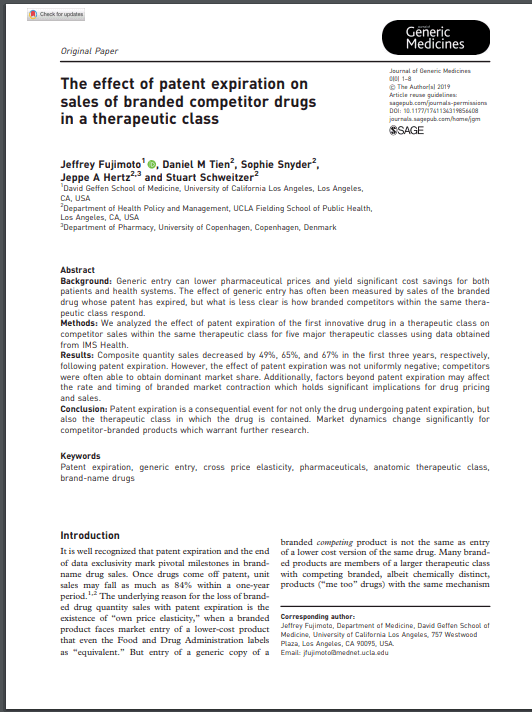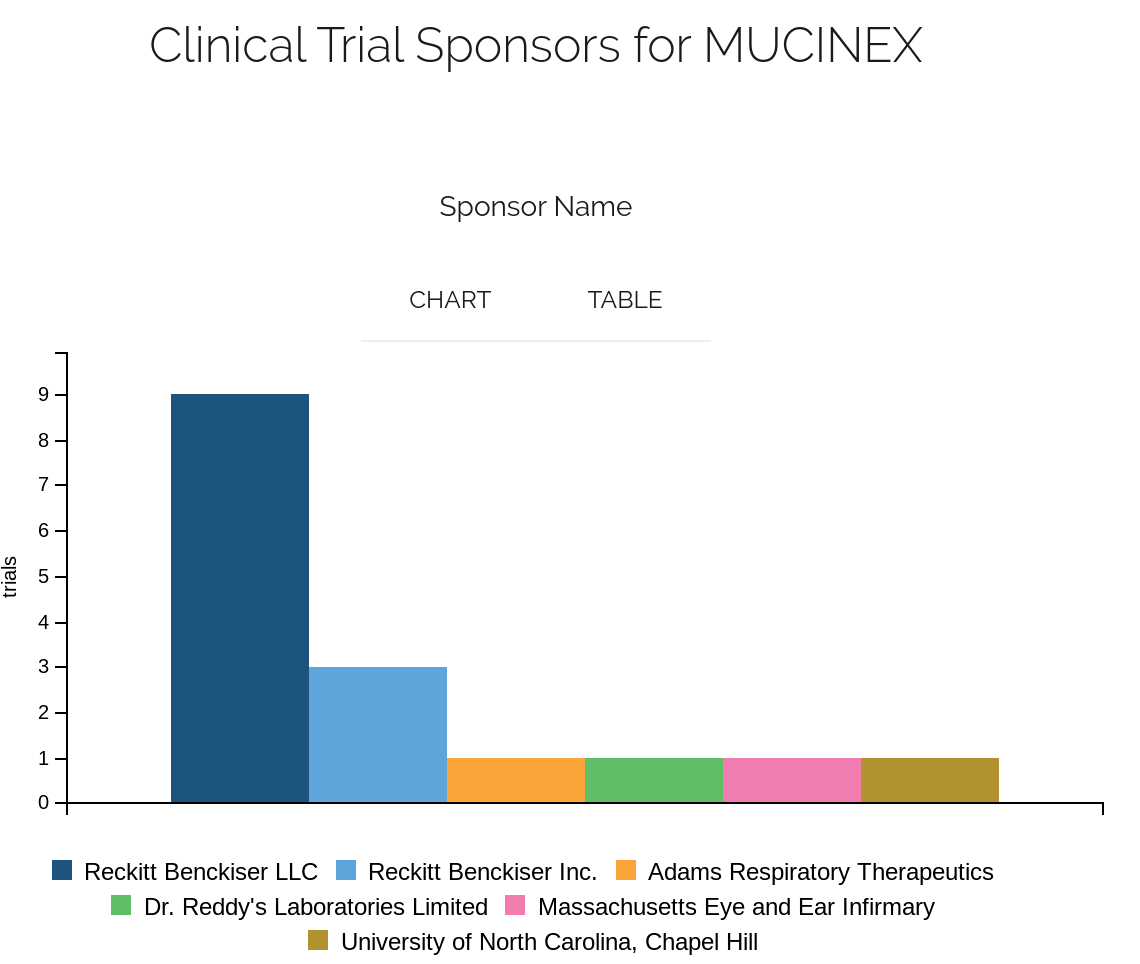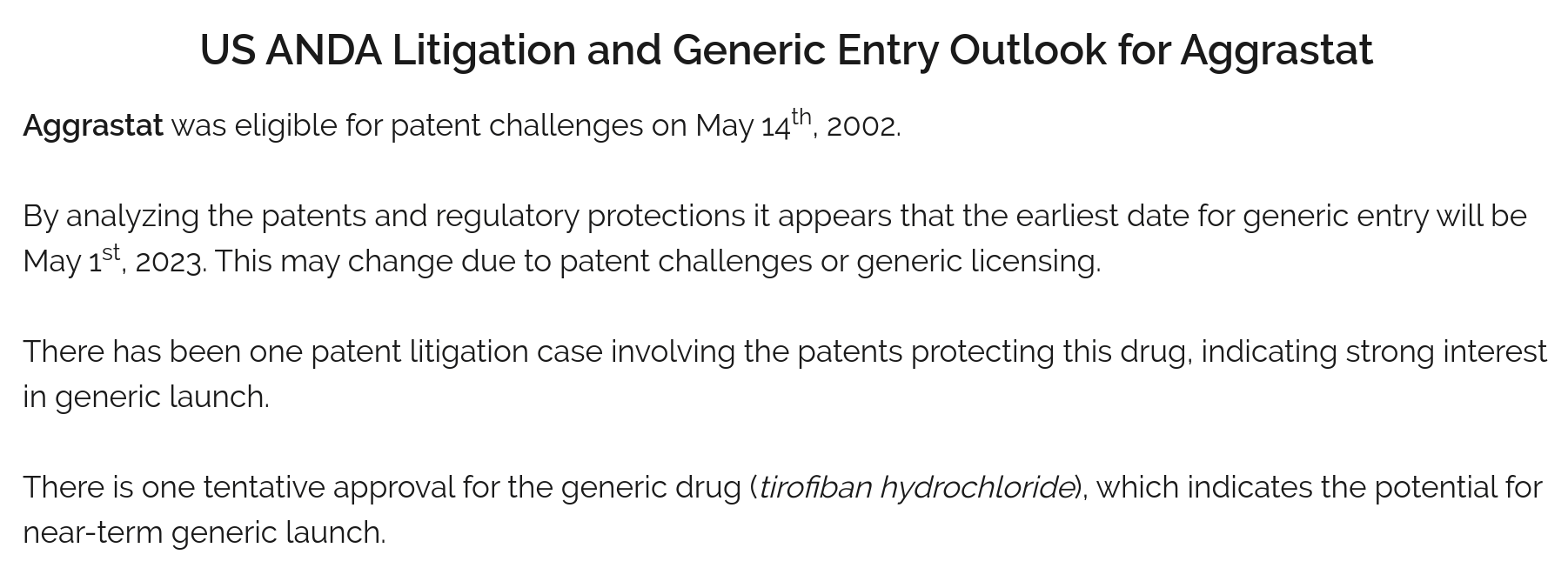Pharmaceutical companies are constantly seeking ways to expand their reach and increase their exports. The pharmaceutical industry plays a crucial role in global healthcare, and the ability to export products effectively can significantly impact a company’s growth and success. This comprehensive guide will explore various strategies that pharmaceutical companies can employ to boost their exports and establish a strong presence in international markets.
Understanding the Global Pharmaceutical Market
Before diving into specific strategies, it’s essential to grasp the current state of the global pharmaceutical market. The pharmaceutical industry is a dynamic and rapidly evolving sector, with significant opportunities for growth and expansion.
The Size and Growth of the Global Pharmaceutical Market
The global pharmaceutical market has been experiencing steady growth over the past decade. In 2020, the market was valued at approximately $1.27 trillion, and it is projected to reach $1.70 trillion by 2025, growing at a compound annual growth rate (CAGR) of 7.3%. This growth is driven by factors such as an aging population, increasing prevalence of chronic diseases, and advancements in medical technology.
Key Players and Emerging Markets
While established markets like the United States and Europe continue to dominate the pharmaceutical industry, emerging markets are becoming increasingly important. Countries such as China, India, Brazil, and Russia are experiencing rapid growth in their pharmaceutical sectors, presenting new opportunities for exporters.
“The pharmaceutical industry is undergoing a significant transformation, with emerging markets playing an increasingly crucial role in shaping the global landscape.” – Dr. Sarah Johnson, Chief Analyst at Global Pharma Insights
Regulatory Compliance and Quality Assurance
One of the most critical aspects of boosting pharmaceutical exports is ensuring compliance with international regulatory standards and maintaining high-quality products.
Navigating International Regulatory Frameworks
Pharmaceutical companies must navigate complex regulatory environments when exporting their products. Each country has its own set of regulations and approval processes, which can be time-consuming and costly to navigate.
Key strategies for regulatory compliance:
- Develop a comprehensive understanding of target market regulations
- Establish dedicated regulatory affairs teams for each major market
- Invest in regulatory information management systems
- Collaborate with local regulatory experts and consultants
Implementing Robust Quality Management Systems
Quality assurance is paramount in the pharmaceutical industry. Companies must implement robust quality management systems to ensure their products meet international standards and maintain consistency across different markets.
Best practices for quality assurance:
- Adopt Good Manufacturing Practices (GMP) across all production facilities
- Implement rigorous quality control and testing procedures
- Invest in advanced technologies for quality monitoring and tracking
- Conduct regular internal audits and third-party inspections
Market Research and Product Development
To succeed in international markets, pharmaceutical companies must conduct thorough market research and develop products that meet the specific needs of target populations.
Identifying Market Opportunities
Comprehensive market research is essential for identifying lucrative export opportunities. This involves analyzing market trends, assessing competitor activities, and understanding local healthcare needs and preferences.
Key areas to focus on during market research:
- Disease prevalence and treatment patterns
- Healthcare infrastructure and access
- Pricing and reimbursement policies
- Cultural attitudes towards healthcare and medication
Tailoring Products for Local Markets
Developing products that cater to the specific needs of local markets can significantly boost export success. This may involve adapting existing products or developing new ones entirely.
Strategies for product localization:
- Conduct clinical trials in target markets to gather local data
- Develop formulations suitable for local climates and storage conditions
- Create packaging and labeling that meets local requirements and preferences
- Consider cultural sensitivities in product design and marketing
Supply Chain Optimization
An efficient and reliable supply chain is crucial for successful pharmaceutical exports. Companies must optimize their supply chains to ensure timely delivery, maintain product quality, and minimize costs.
Establishing Global Distribution Networks
Building a robust global distribution network is essential for reaching international markets effectively. This involves partnering with local distributors, logistics providers, and warehousing facilities.
Key considerations for global distribution:
- Select partners with strong local market knowledge and established networks
- Implement temperature-controlled logistics solutions for sensitive products
- Utilize track-and-trace technologies to ensure product authenticity and safety
- Develop contingency plans for supply chain disruptions
Leveraging Technology for Supply Chain Visibility
Advanced technologies can significantly enhance supply chain visibility and efficiency. Implementing digital solutions can help pharmaceutical companies track their products in real-time, optimize inventory management, and respond quickly to market demands.
Technologies to consider:
- Blockchain for enhanced traceability and transparency
- Internet of Things (IoT) devices for real-time monitoring
- Artificial Intelligence (AI) for demand forecasting and inventory optimization
- Cloud-based platforms for seamless collaboration with partners
Strategic Partnerships and Collaborations
Forming strategic partnerships and collaborations can help pharmaceutical companies overcome barriers to entry and accelerate their export growth.
Licensing and Technology Transfer Agreements
Licensing agreements and technology transfer partnerships can provide access to new markets and technologies, enabling companies to expand their product portfolios and reach new customer segments.
Benefits of licensing and technology transfer:
- Faster market entry with established products
- Access to proprietary technologies and expertise
- Shared development costs and risks
- Potential for long-term collaborative relationships
Joint Ventures and Local Manufacturing
Establishing joint ventures or local manufacturing facilities can help pharmaceutical companies overcome import restrictions and reduce costs associated with exporting finished products.
Advantages of local manufacturing:
- Reduced import duties and taxes
- Shorter lead times and improved market responsiveness
- Enhanced perception as a local company
- Access to local talent and resources
Pricing Strategies and Market Access
Developing effective pricing strategies and ensuring market access are crucial for successful pharmaceutical exports.
Differential Pricing Models
Implementing differential pricing models can help pharmaceutical companies balance profitability with market access in diverse global markets.
Factors to consider in differential pricing:
- Local purchasing power and healthcare budgets
- Competitive landscape and pricing benchmarks
- Value proposition of the product
- Reimbursement policies and healthcare system structures
Navigating Reimbursement Systems
Understanding and navigating local reimbursement systems is essential for ensuring market access and commercial success in international markets.
Strategies for reimbursement success:
- Develop strong health economic and outcomes research (HEOR) capabilities
- Engage with payers and health technology assessment (HTA) bodies early
- Consider innovative pricing models, such as value-based contracts
- Collaborate with local partners to navigate complex reimbursement processes
Digital Marketing and Brand Building
In today’s digital age, pharmaceutical companies must leverage digital marketing strategies to build their brand and reach global audiences effectively.
Developing a Strong Online Presence
A robust online presence is essential for reaching healthcare professionals, patients, and other stakeholders in international markets.
Key elements of a strong online presence:
- User-friendly, multilingual website with localized content
- Active social media profiles on platforms relevant to target markets
- Engaging content marketing strategy, including blogs and educational resources
- Search engine optimization (SEO) tailored for international audiences
Leveraging Digital Tools for Healthcare Professional Engagement
Digital tools can enhance engagement with healthcare professionals, facilitating product education and fostering long-term relationships.
Digital engagement strategies:
- Virtual medical education programs and webinars
- Interactive e-detailing platforms
- Mobile apps for product information and dosing calculators
- Online portals for healthcare professional support and resources
Intellectual Property Protection
Protecting intellectual property (IP) is crucial for pharmaceutical companies operating in international markets.
Patent Strategies for Global Markets
Developing a comprehensive patent strategy is essential for safeguarding innovations and maintaining a competitive advantage in global markets.
Key considerations for patent strategies:
- File patents in key markets early to establish priority
- Utilize international patent filing systems, such as the Patent Cooperation Treaty (PCT)
- Develop a portfolio of patents covering various aspects of products and technologies
- Monitor competitor patent activities and consider freedom-to-operate analyses
Combating Counterfeit Pharmaceuticals
Counterfeit pharmaceuticals pose a significant threat to patient safety and company revenues. Implementing anti-counterfeiting measures is crucial for protecting brand integrity and ensuring product authenticity.
Anti-counterfeiting strategies:
- Implement serialization and track-and-trace technologies
- Utilize tamper-evident packaging and security features
- Collaborate with local authorities and industry associations to combat counterfeiting
- Educate healthcare professionals and patients about identifying authentic products
Sustainability and Corporate Social Responsibility
Embracing sustainability and corporate social responsibility (CSR) initiatives can enhance a company’s reputation and create new opportunities in international markets.
Implementing Sustainable Practices
Adopting sustainable practices can improve operational efficiency, reduce costs, and appeal to environmentally conscious stakeholders.
Sustainable initiatives to consider:
- Implement green chemistry principles in drug development and manufacturing
- Reduce carbon footprint through energy-efficient facilities and processes
- Optimize packaging to minimize waste and environmental impact
- Develop sustainable sourcing strategies for raw materials
Engaging in Global Health Initiatives
Participating in global health initiatives can demonstrate a company’s commitment to improving healthcare access and outcomes worldwide.
Examples of global health engagement:
- Develop access programs for essential medicines in low-income countries
- Collaborate with non-governmental organizations (NGOs) on disease awareness campaigns
- Support capacity-building initiatives for healthcare systems in emerging markets
- Invest in research and development for neglected tropical diseases
Talent Management and Cultural Competence
Building a diverse, skilled workforce with strong cultural competence is essential for successful pharmaceutical exports.
Developing a Global Talent Pool
Cultivating a diverse, internationally-minded workforce can provide valuable insights and enhance a company’s ability to operate effectively in global markets.
Strategies for building a global talent pool:
- Implement international rotation programs for employees
- Recruit talent from diverse cultural and linguistic backgrounds
- Provide cross-cultural training and language learning opportunities
- Foster a culture of global collaboration and knowledge sharing
Enhancing Cultural Intelligence
Developing cultural intelligence across the organization can improve communication, decision-making, and relationship-building in international markets.
Ways to enhance cultural intelligence:
- Conduct cultural awareness workshops and training programs
- Encourage employees to learn about different cultures and business practices
- Establish mentoring programs pairing employees with international experience
- Create diverse, cross-cultural teams for international projects
Risk Management and Resilience
Effective risk management and resilience strategies are crucial for navigating the complexities of international pharmaceutical exports.
Identifying and Mitigating Export Risks
Conducting thorough risk assessments and developing mitigation strategies can help pharmaceutical companies navigate potential challenges in international markets.
Key export risks to consider:
- Political and economic instability in target markets
- Currency fluctuations and exchange rate risks
- Regulatory changes and policy shifts
- Supply chain disruptions and logistical challenges
Building Organizational Resilience
Developing organizational resilience can help pharmaceutical companies adapt to changing market conditions and recover quickly from unexpected disruptions.
Strategies for building resilience:
- Diversify supply chains and manufacturing locations
- Implement robust business continuity and disaster recovery plans
- Foster a culture of innovation and adaptability
- Develop scenario planning capabilities for various market conditions
Key Takeaways
Boosting pharmaceutical exports requires a multifaceted approach that addresses various aspects of the business. Here are the key takeaways from this comprehensive guide:
- Understand and navigate complex regulatory environments in target markets.
- Implement robust quality management systems to ensure product excellence.
- Conduct thorough market research and develop products tailored to local needs.
- Optimize supply chains and leverage technology for enhanced efficiency.
- Form strategic partnerships and collaborations to accelerate market entry.
- Develop effective pricing strategies and ensure market access through reimbursement.
- Leverage digital marketing and brand-building initiatives for global reach.
- Protect intellectual property and combat counterfeit pharmaceuticals.
- Embrace sustainability and corporate social responsibility initiatives.
- Cultivate a diverse, culturally competent workforce for global success.
- Implement comprehensive risk management and resilience strategies.
By implementing these strategies, pharmaceutical companies can position themselves for success in the competitive global market and drive sustainable export growth.
FAQs
- Q: How long does it typically take for a pharmaceutical company to establish a presence in a new export market?
A: The timeline for establishing a presence in a new export market can vary significantly depending on factors such as regulatory requirements, market complexity, and the company’s resources. Generally, it can take anywhere from 1 to 5 years to gain a foothold in a new market, with regulatory approval processes often being the most time-consuming aspect. - Q: What are some common challenges pharmaceutical companies face when exporting to emerging markets?
A: Common challenges include navigating complex and evolving regulatory environments, protecting intellectual property, dealing with pricing pressures and reimbursement issues, overcoming cultural and language barriers, and establishing reliable distribution networks. Additionally, companies may face competition from local manufacturers and counterfeit products. - Q: How can pharmaceutical companies ensure the quality and safety of their products during international transport?
A: To ensure product quality and safety during transport, companies can implement temperature-controlled logistics solutions, utilize track-and-trace technologies, partner with reputable logistics providers experienced in pharmaceutical transport, conduct regular quality checks at key points in the supply chain, and implement stringent packaging standards designed to withstand various environmental conditions. - Q: What role does digital technology play in boosting pharmaceutical exports?
A: Digital technology plays a crucial role in various aspects of pharmaceutical exports, including supply chain optimization, regulatory compliance management, market research and analysis, digital marketing and engagement with healthcare professionals, and implementing anti-counterfeiting measures. Advanced technologies like AI, blockchain, and IoT can significantly enhance efficiency and transparency in export operations. - Q: How important is local manufacturing for successful pharmaceutical exports?
A: While not always necessary, local manufacturing can provide significant advantages for pharmaceutical exports. It can help companies overcome import restrictions, reduce costs associated with tariffs and transportation, improve market responsiveness, and enhance the perception of the company as a local entity. However, the decision to establish local manufacturing facilities should be based on careful analysis of market potential, regulatory requirements, and long-term strategic goals.
References:
- “Global Pharmaceutical Market Size, Share & Industry Analysis, By Drug Type (Generic Drugs, Orphan Drugs, and Other Prescription Drugs), By Therapy Area (Oncology, Anti-diabetics, Vaccines, Sensory Organs, Immunosuppressants, and Others), By Distribution Channel (Hospital Pharmacies, Retail Pharmacies & Drug Stores, and Online Pharmacies), and Regional Forecast, 2020-2027” – Fortune Business Insights
- “Pharmerging markets: Picking a pathway to success” – McKinsey & Company






















